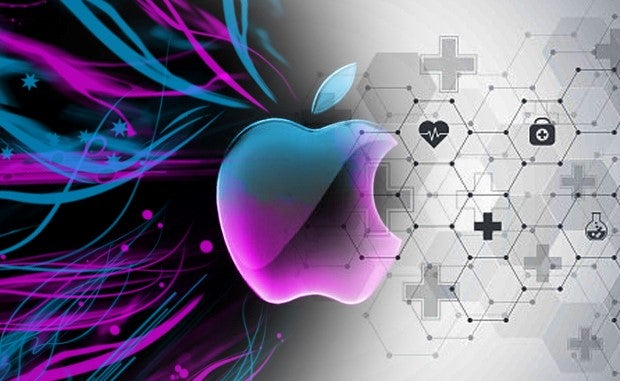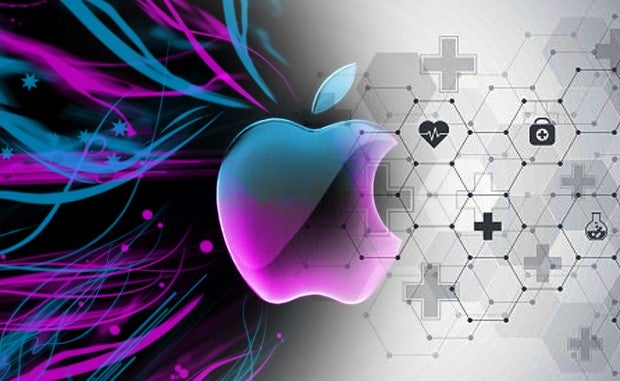

5 Ways Apple Provider Partnerships Are Guiding Its Strategy

Understanding Apple’s health care activities over the past decade has been like staring at individual jigsaw puzzle pieces. It can be difficult initially to see how they connect to the company’s larger strategy and what the picture will look like in the future.
In a new report initiated by Chief Operating Officer Jeff Williams, Apple ties together its expansive devices and applications, its partnerships with hospitals and health systems and work with researchers. The document offers a broad perspective on where the tech giant is headed and how it plans to remain a constant in consumers’ daily efforts to manage their health while securing their data.
Apple’s Vision for Engaging with Patients
Unsurprisingly, the Apple Watch and iPhone will be the linchpins to the company’s strategy for connecting with consumers while continuously expanding applications, features and clinical value to the data captured from its devices. The company primarily will remain focused on personal health and fitness.
In short, Apple plans to create science-based technology that gives users more information while acting as an “intelligent guardian for their health” and give consumers the option to choose what data they wish to share and with whom.
With the fall release of iOS 16 and watchOS 9, Apple Watch and iPhone will offer features that focus on 17 health areas, from heart health to sleep, women’s health, mobility and more. Users now can store more than 150 different types of health data from these devices.
But perhaps the most interesting part of the report is how Apple is partnering with health care organizations across the care continuum to inform and impact care delivery.
5 Ways Apple Provider Partnerships Aim to Advance Care
1 | Digital Behavioral Health
Using the iPhone and Apple Watch, UCLA behavioral health experts are collaborating with Apple to obtain objective factors such as sleep, physical activity, heart rate and daily routines to understand the relationship between these factors and symptoms of depression and anxiety. Making the connection between quantifiable data and symptoms of anxiety and depression could enable providers to note warning signs, prevent the onset of depressive episodes and track treatment effectiveness.
2 | Women's Health
Working with the Harvard T.H. Chan School of Public Health and NIH’s National Institute of Environmental Health Services, Apple is collaborating with researchers on three longitudinal public studies to gain insights into the relationship between menstrual cycles and health conditions.
3 | Cardiac Care
Apple’s collaboration with Stanford to build the Apple Heart Study, which began in 2017, has been billed as the first of its kind in the medical field and the world’s largest virtual cardiac clinical study. The study’s app from Apple Watch identifies irregular heart rhythms, including those from potentially serious conditions like atrial fibrillation, a leading cause of stroke.
4 | Mobility Research
Apple has collaborated with Brigham and Women’s Hospital and the American Heart Association to conduct the Apple Heart and Movement Study. Results from the study helped the company expand Apple Watch’s fall-detection capabilities.
5 | Hearing
Collaborating with the University of Michigan, researchers are examining factors that impact hearing health. The study collects headphone usage and environmental sound exposure data through the iPhone and Noise app on Apple Watch along with hearing tests measured through iPhone to explore how both can impact hearing over time. The study also is investigating how long-term sound exposure can impact stress levels and cardiovascular health.



